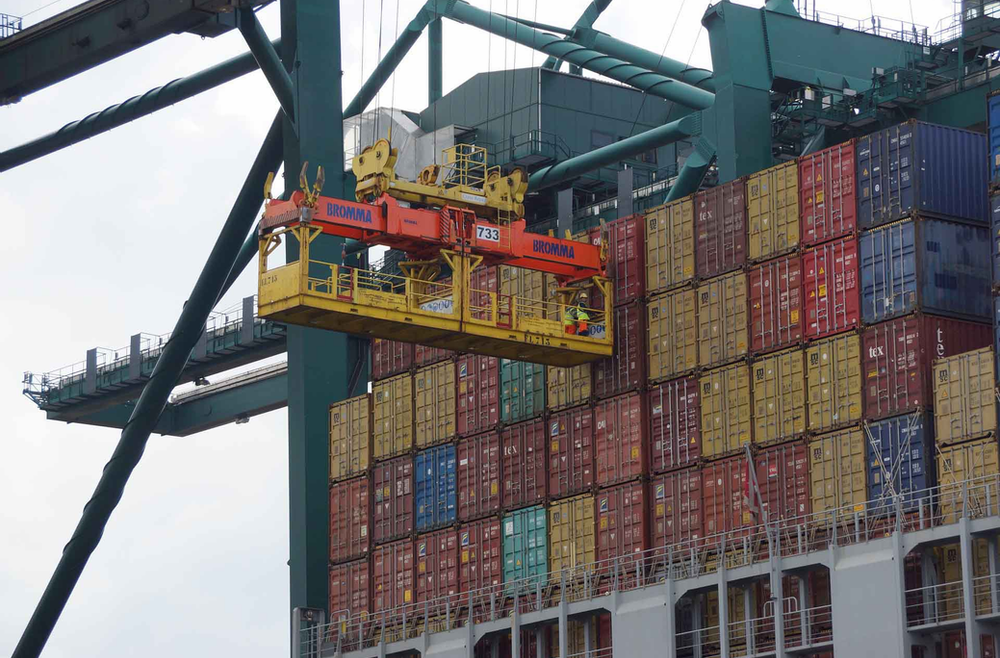As the world continues to become more interconnected, international trade has risen exponentially, solidifying relationships between countries and shaping global economies. Among these partnerships, the US-India trade connection stands out as a vital and growing link. An essential aspect of this burgeoning trade relationship involves ocean freight container shipments, facilitating a smooth flow of goods across continents.
As two of the world’s largest economies, the US and India have a multi-dimensional trading relationship. Despite the geographical distance, bilateral trade between these two nations has grown significantly in recent years. According to the U.S. Census Bureau, India was the United States’ 9th largest goods trading partner with $92.2 billion in total (two-way) goods trade during 2020. US goods exports to India in 2020 were $34.4 billion, while goods imports totaled $57.7 billion, indicating a rich and dynamic exchange of products and services.
Key traded commodities between the two nations include gems, precious metals, pharmaceutical products, mineral fuels, and machinery, illustrating the diversity of goods exchanged. The United States has become a significant export market for Indian goods, providing a substantial boost to India’s growing economy.
At the heart of this exchange lies the role of ocean freight container shipments. This mode of transport offers a cost-effective, reliable, and environmentally friendly means to handle the massive volume of trade. US-India trade heavily relies on these containers for efficient and safe transportation of goods. To put it into perspective, according to the World Shipping Council, the US alone handled over 20 million TEU (twenty-foot equivalent units) in 2020, a substantial portion of which was trade with India.
Containerization has revolutionized the shipping industry, simplifying the process of handling, transporting, and tracking goods. It has helped reduce costs, increased efficiency, and made it easier to ensure the safety of the goods during transit. For a distant trade relationship like the US-India one, it is particularly critical as it allows a seamless movement of goods across vast oceans.
One challenge faced in this aspect is the imbalance of container traffic, given that India exports more to the US than it imports. This leads to a surplus of empty containers in the US, a problem that the shipping industry constantly seeks to address to optimize operations.
The US-India trade relationship is a testament to the enduring power of global commerce. With ocean freight container shipments providing the backbone of this trade, the exchange of goods between the two nations continues to thrive, fostering mutual economic growth and stronger international relations. As the world evolves, this relationship is poised to grow, driving the economies of both nations towards greater heights.



